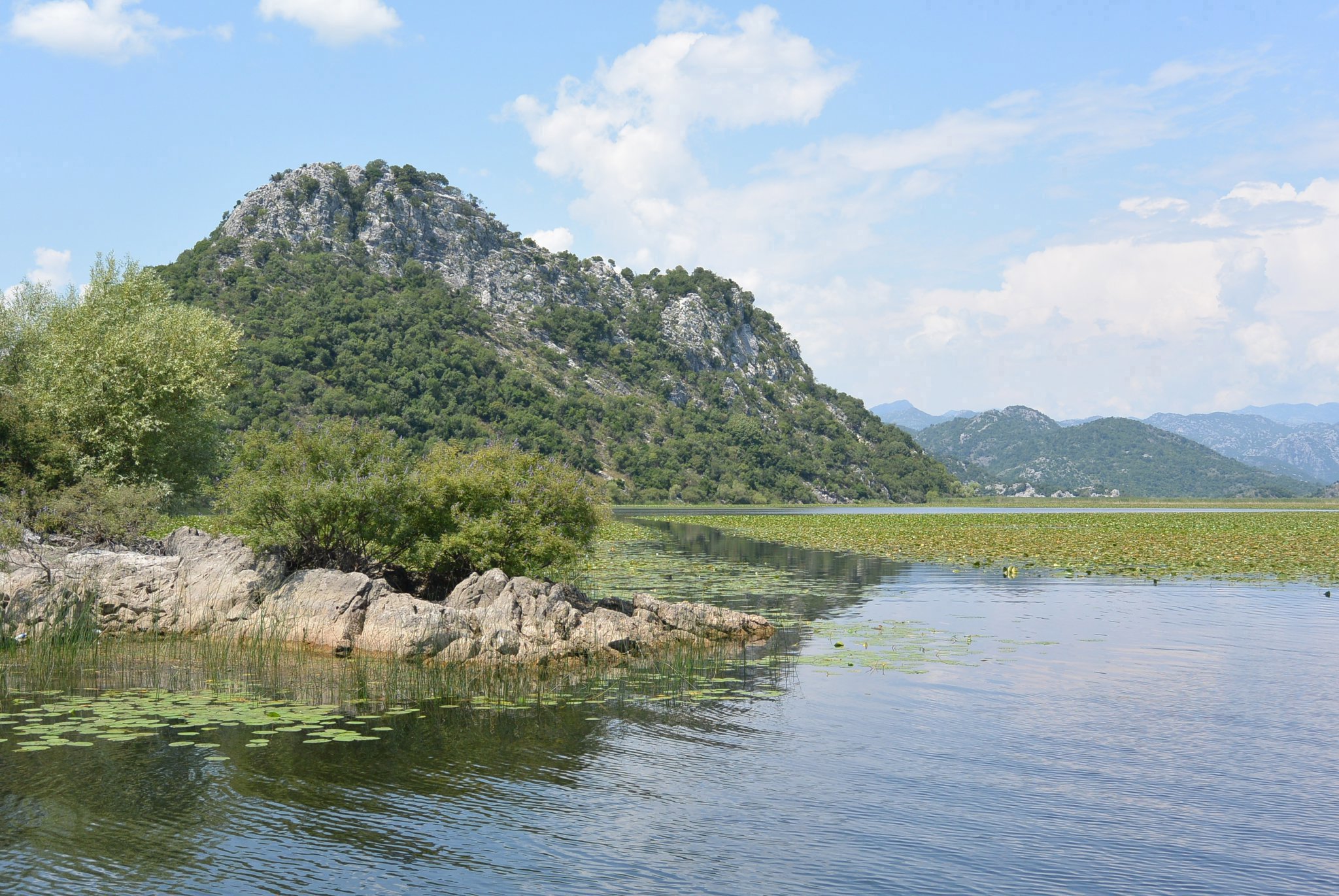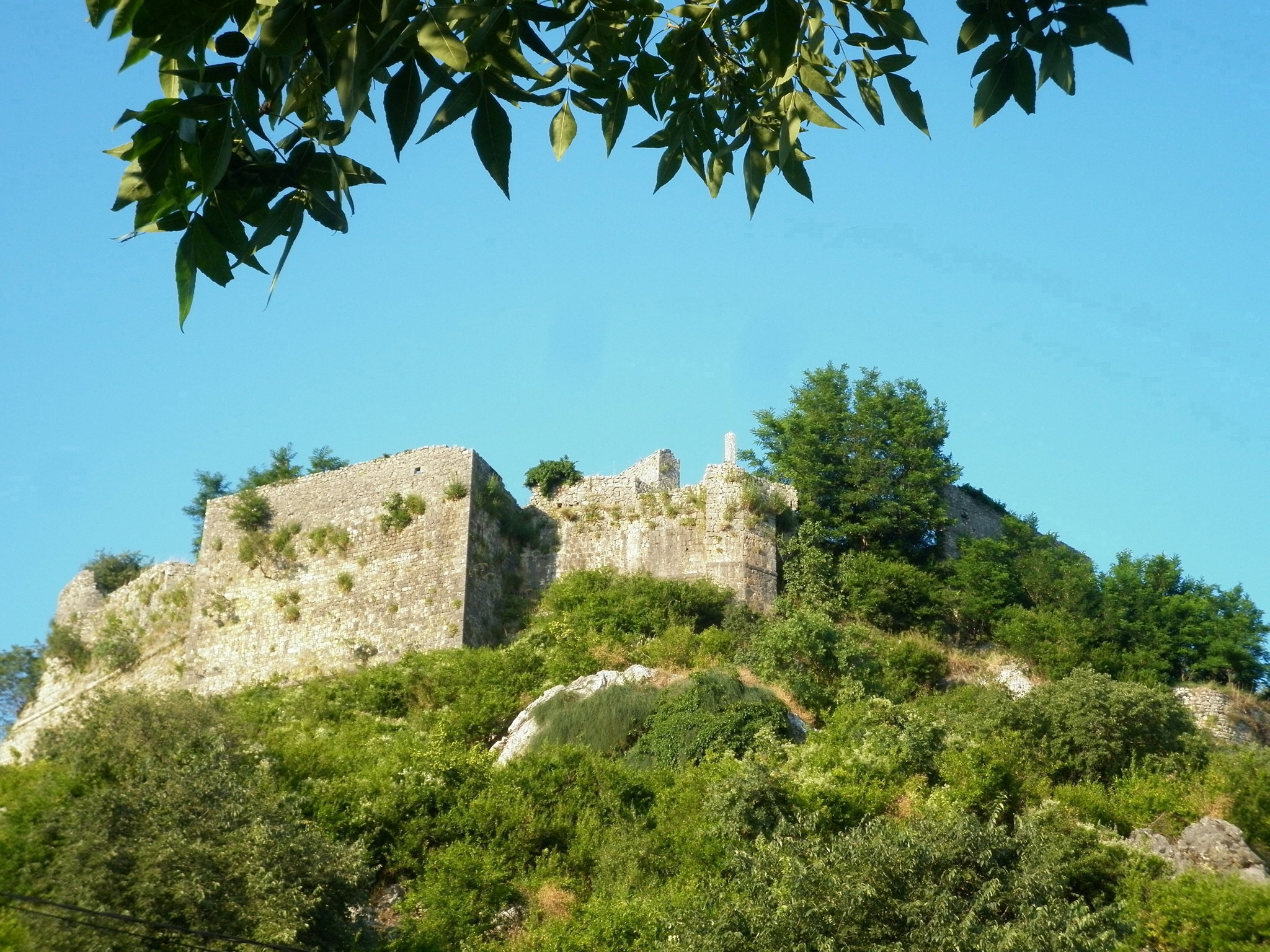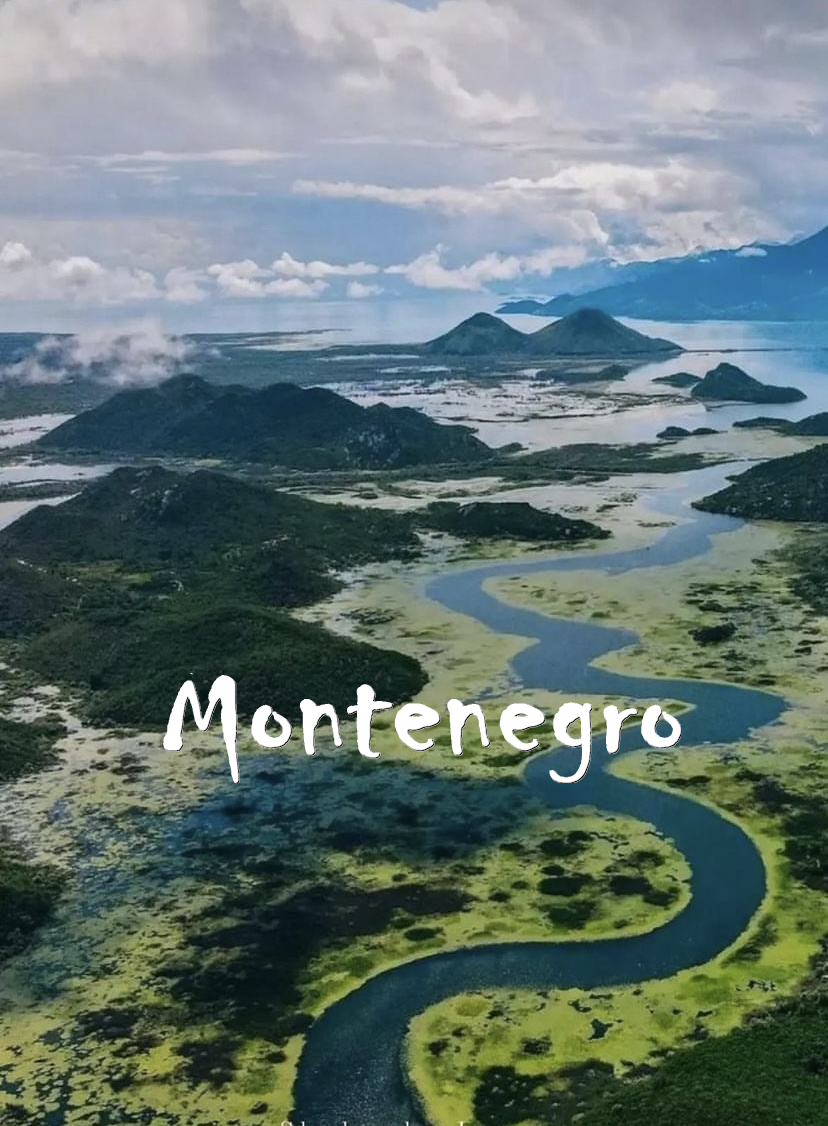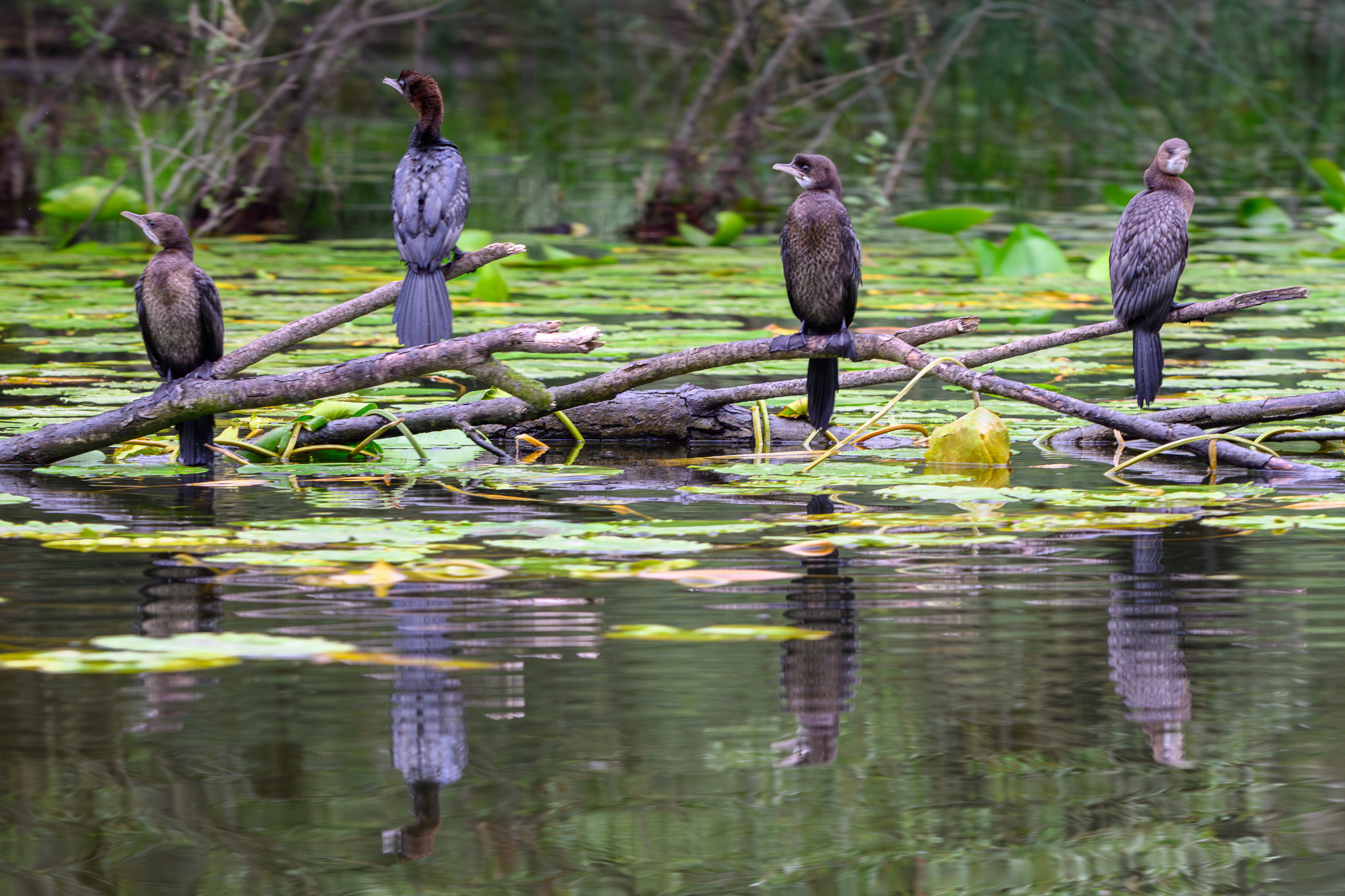Lake Skadar is a hidden natural wonder, awaiting discovery. Spanning the borders of Montenegro and Albania, it is a vast freshwater lake encircled by dramatic karst mountains. Its reflective waters, rugged shores, and wetlands provide a sanctuary for over 260 species of birds, as well as traditional fishing villages, island monasteries, and pristine beaches.
Renowned for some of the most breathtaking views in a country celebrated for its rugged beauty, Lake Skadar has been a protected National Park since 1983. In 1996, it was recognized as a Wetland of International Importance by the Ramsar Convention. Many Montenegrins view this area as the heart and soul of their country. It was here that the former Montenegrin royal family spent their summers, that Turkish invaders sought to conquer, and where some of Montenegro's finest wines and organic produce are grown in the Crmnica and Godinje valleys. Keep reading for more detailed information! ### History Lake Skadar boasts a rich and proud history. Once part of the ancient Slav kingdom of Zeta, it became a battleground for five centuries after the Turks invaded in the 13th century. When the Ottoman Empire declined, the Turks were driven out, and the 1875 Congress of Berlin established Montenegro’s borders. Skadar town, once the capital of Zeta, was annexed by Albania, while several Albanian villages on the southern shore, such as Ostros and Donji-Murici, became part of Montenegro. These villages still retain strong Albanian traditions, with mosques and bilingual residents speaking both Albanian and Serbian.
While the Turks conquered the southern shores and the town of Virpazar, placing fortresses at Lessendro, Besac, and Grmožur, the north-western wetlands served as a stronghold for the Montenegrin rulers. From their seat at Žabljak Crnojevića, they launched numerous retaliatory attacks until moving their capital to Cetinje in 1482. Even in the 19th and early 20th centuries, with the royal court in Cetinje, King Nikola’s summer residence was in the charming town of Rijeka Crnojevića. During World War II, Lake Skadar made history again as Virpazar was the site of the first Partisan uprising in Montenegro, with a monument in the town honoring their bravery. ### Geography Millions of years ago, the sea once met the shores of Lake Skadar, leaving behind seashell fossils that can still be found today. As tectonic plates shifted, volcanoes erupted, and sea levels receded, the Zeta-Skadar plain emerged between the karst limestone mountains of the Dinaric Alps. While local legend tells of a young bride who accidentally created the lake’s fresh waters by leaving a fountain tap open, the true story is just as fascinating. In 1858, a violent thunderstorm caused the Drina River to overflow, shifting the course of the Bojana River and flooding an existing basin, thus forming the largest lake in the Balkans. Fed by the Morača River and several underwater springs, the lake's size fluctuates, expanding from 370 square kilometers in the summer to 530 square kilometers in winter. On average, it is 44 km long, 10 km wide, and 8 meters deep, although its deepest point, a spring at Raduš, plunges to over 60 meters below sea level. ### Wildlife Lake Skadar offers a wide variety of habitats, from lush wetlands to ancient chestnut forests and rocky islets adorned with shrubs and pomegranates. This diverse environment attracts an extraordinary range of wildlife, making it one of Europe’s most important natural reserves. A birdwatcher's paradise, the lake is home to over 260 species, including the rare Dalmatian Pelican and Pygmy Cormorant. Storks, herons, egrets, and ibises perch on reeds, while falcons and eagles hunt along the rocky shores. The surrounding mountains host wild tortoises, brightly colored lizards, amphibians, and even snakes (don’t worry, we know which ones to avoid!). In winter, you might even spot wild boar or a wolf. The region is also famous for its medicinal herbs, with wild orchids blooming alongside them. In the summer, water lilies decorate the lake’s surface, and in the winter, as the lake expands by over 100 square kilometers, pike, perch, trout, and carp join the 50,000 birds that migrate to the area. ### Gastronomy Lake Skadar offers a culinary feast for adventurous food lovers. Situated between the Mediterranean and mountainous regions of Montenegro and Albania, the lake's surroundings are perfect for growing a wide variety of organic produce. The air is filled with the scent of wild sage, rosemary, and mint. Gardens along hiking trails feature mandarins, plums, cherries, figs, walnuts, peppers, and pomegranates, along with local goat cheese, honey, home-distilled rakija, and smoked pršut (ham). The lake's waters are home to more than 30 species of freshwater fish, including delicious trout, meaty saran, and the local specialty, carp. These can be caught, cooked, and eaten the same day at local restaurants, many of which are tucked away from the tourist crowds. The region is also known for its excellent wines, produced in the Zeta plains and the Crmnica Valley. The red Vranac and white Krstač grapes are internationally recognized, with wines winning prestigious awards. The nearby Plantaže vineyard is one of the largest in the world, while Crmnica’s small, local wineries produce some of the finest wines, earning gold medals for their quality.
Whether you’re hiking, biking, kayaking, or simply relaxing during your Lake Skadar adventure, you’ll always be close to the finest organic produce Montenegro has to offer. |

















